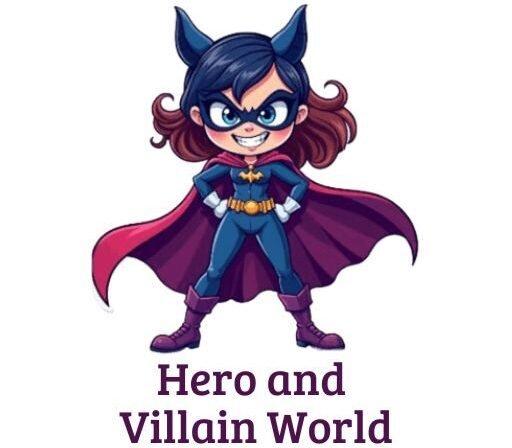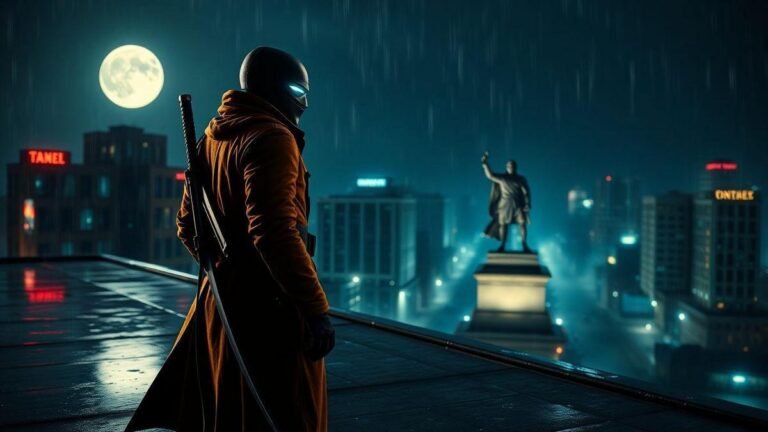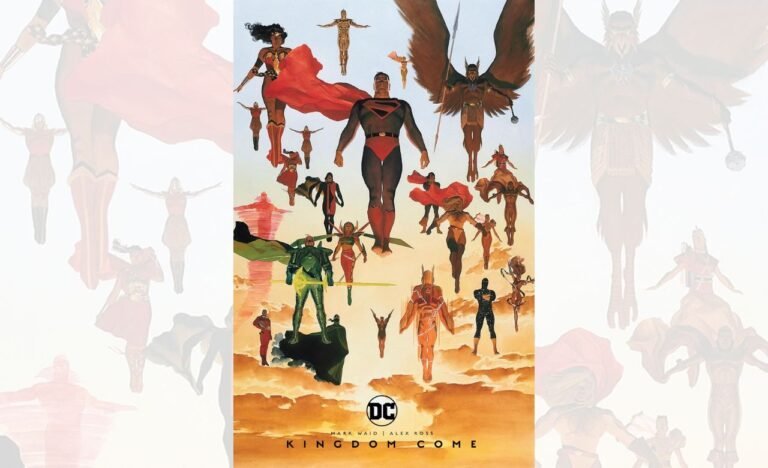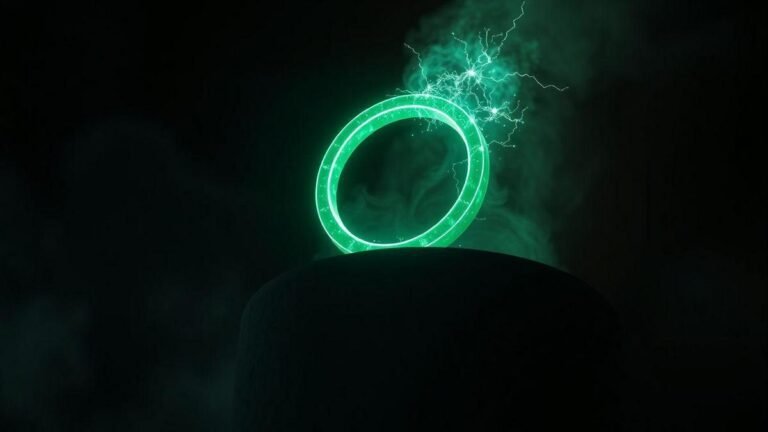Why Gotham City Looks the Way It Does — A Deep Dive into Its Architecture
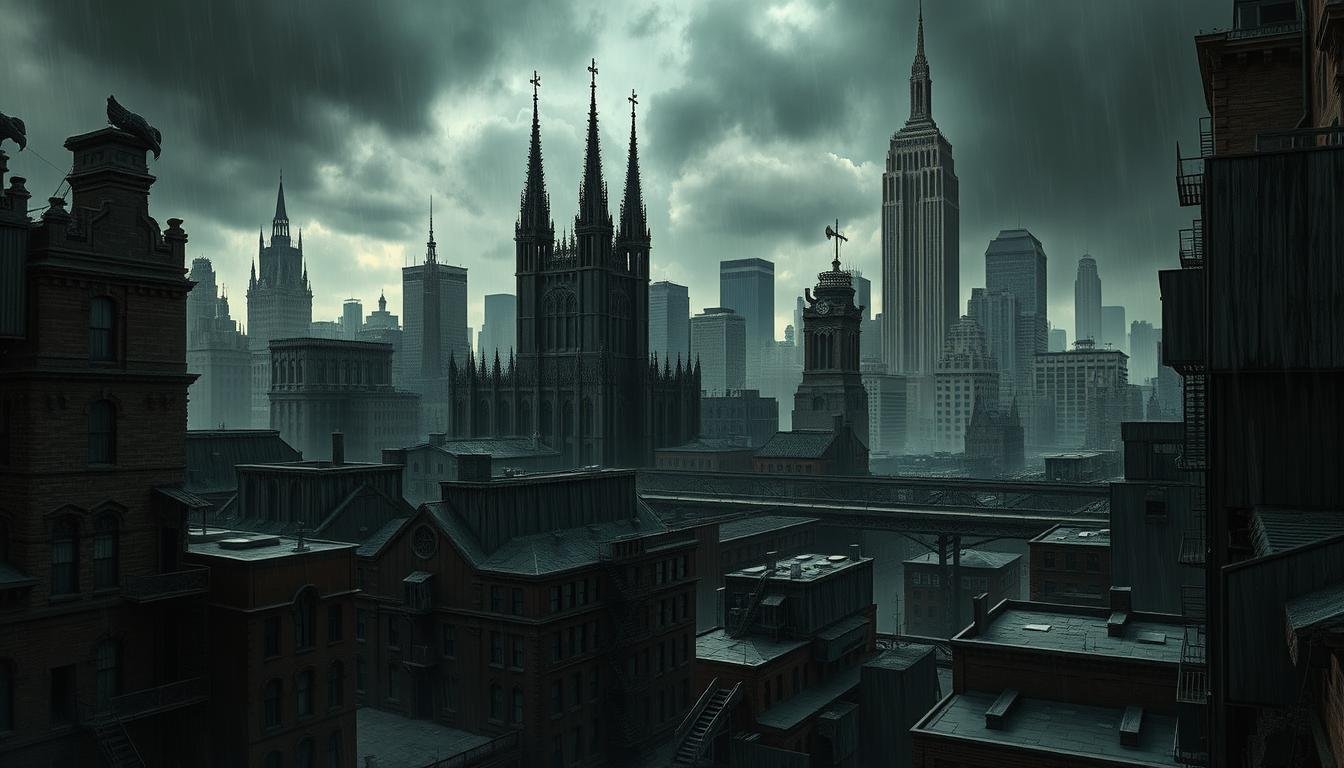
Why Gotham City Looks the Way It Does: Imagine if buildings could tell stories as gripping as the people who live in them. In Gotham City, every building, bridge, and alleyway shares tales of darkness and mystery. These stories are woven into the fabric of Batman’s legendary hometown.
Your adventure into Gotham City’s gothic revival architecture starts here. It’s not just about buildings. It’s about how design creates a world full of tension and drama.
Gotham City’s architecture is a reflection of its deep psychology. Each building is more than just a backdrop. They are characters, casting shadows across a city alive with energy.
Picture a city where buildings are silent heroes, adding to its epic story. Welcome to Gotham—a city painted in dark colors of mystery and intrigue.
Origins and Evolution of Gotham’s Architectural Identity
Gotham City is a stunning architectural wonder, born from a rich history. It combines urban design, cultural imagination, and creative storytelling. Founded in 1635, it quickly developed a unique look that has captivated fans and design lovers for generations.
The city’s architecture is more than just buildings. It tells a story of urban growth, artistic vision, and cultural symbols. Exploring Gotham’s architecture shows how it evolved from its historical roots to a symbol of visual storytelling.
Bill Finger’s Vision and Early Development
Bill Finger, Batman’s co-creator, was key in shaping Gotham’s look. He saw the city as a character, not just a backdrop. Finger envisioned a city with:
- Dark, imposing architectural silhouettes
- Dramatic vertical structures
- Mysterious urban corridors
- Architectural elements that reflect psychological tension
Influence of Historical New York Architecture
The Gotham City skyline was inspired by New York’s architecture. Finger and other artists used real-world cities to create a stylized metropolis. This city feels both familiar and strange.
| Architectural Inspiration | Gotham City Interpretation |
|---|---|
| Manhattan Skyscrapers | Exaggerated Art Deco Buildings |
| Brooklyn Bridge | Dramatic Urban Connectors |
| Empire State Building | Towering Vertical Monuments |
Gothic Revival Movement’s Impact
The Gothic Revival movement greatly influenced Gotham’s look. Art deco and gothic styles blend to create a unique visual language. You’ll see intricate details, pointed arches, and dramatic shadows that make up the Gotham City skyline.
“Gotham is not just a city. It’s a living, breathing canvas of architectural storytelling.” – Anonymous Urban Design Critic
The Dark Deco Design Philosophy
Gotham City’s architecture is a unique blend of shadows and style. Art deco buildings here are not just structures. They are characters in a dark, compelling story.
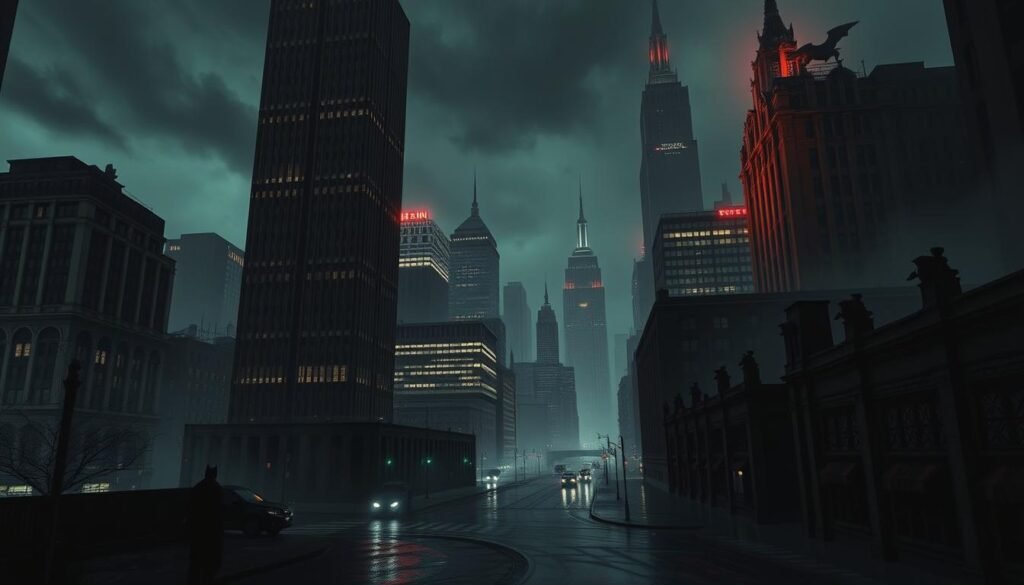
The city’s design comes from mixing different philosophies. Architects in the Batman universe created a landscape that combines:
- Sleek Art Deco geometric precision
- Gothic Revival’s dramatic verticality
- Industrial-era structural boldness
Exploring Gotham’s skyline shows a careful approach to design. The art deco buildings add tension and mystery. They make the city feel both sophisticated and menacing.
“Architecture is the silent storyteller of a city’s soul” – Gotham Design Collective
Dark Deco is more than just a look. It’s a psychological landscape. Sharp angles, tall silhouettes, and detailed designs turn buildings into parts of the city’s story.
| Design Element | Psychological Impact |
|---|---|
| Vertical Lines | Sense of Intimidation |
| Geometric Patterns | Structured Chaos |
| Shadow Play | Emotional Tension |
By using Dark Deco, Gotham’s architects did more than build. They created an immersive world that fits perfectly with the Batman story.
Gotham City Architecture Detailed Batman: Structural Elements and Symbolism
Explore the architectural wonder of Gotham City. Here, every building shares a tale of darkness, power, and innovation. The city’s skyline is more than urban design; it’s a canvas of symbolic storytelling that embodies Batman’s world.
Gotham’s architecture combines various styles, creating a unique urban space. It reflects both historical depth and a futuristic vision. Gothic revival architecture is key, adding intricate details that highlight the city’s complex nature.
Wayne Enterprises Tower Design Elements
The Wayne Enterprises tower is a masterpiece in Gotham’s skyline. It represents:
- Towering verticality symbolizing corporate power
- Dark glass facades reflecting Bruce Wayne’s dual identity
- Geometric precision representing technological innovation
- Strategic location at the city’s central business district
Gargoyles and Gothic Ornamentation
Gargoyles on buildings are more than decorations; they’re guardians of Gotham’s spirit. These stone sentinels protect the city, echoing Batman’s role with their menacing looks.
Art Deco Influences in Modern Gotham
Art Deco brings timeless modernity to Gotham’s architecture. Sharp angles, streamlined forms, and geometric patterns blend the city’s past with its future.
Iconic Landmarks of Gotham City
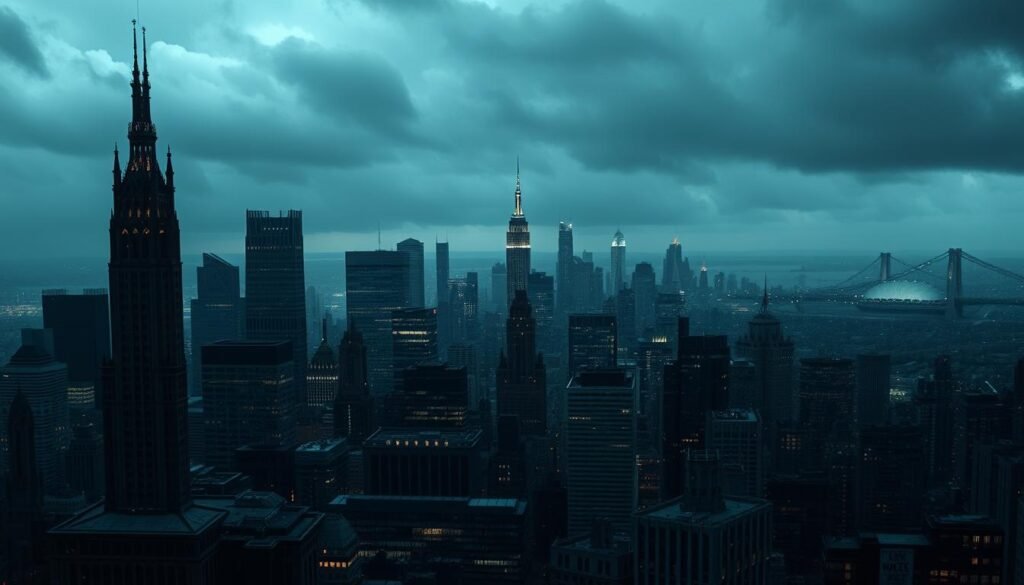
Gotham City’s buildings are a mix of dramatic styles that make its landmarks famous. The skyline shows off the city’s beauty, blending gothic and modern designs.
Exploring Gotham’s famous spots shows a city unlike any other. The skyline is filled with tall buildings and detailed designs that catch your eye.
- Wayne Manor: A historic mansion that symbolizes wealth and legacy
- Arkham Asylum: A foreboding institution with dark architectural character
- GCPD Headquarters: An imposing structure representing law and order
Each landmark in Gotham has a deep story. Wayne Manor shows the power of generations. Arkham Asylum reflects the city’s dark side. The GCPD Headquarters stands strong in tough times.
Gotham’s architecture isn’t just about buildings—it’s about storytelling through stone and steel.
These buildings are more than just places. They are part of Gotham’s story, showing its spirit and creativity.
The Architecture of Crime and Justice
Gotham City’s buildings tell a story of crime and justice. They show the ongoing fight between good and evil. Each structure has its own tale, showing the city’s deep struggles.
The city’s design shows how buildings reflect our minds. Arkham Asylum is a key example. It shows how our surroundings shape us.
Arkham Asylum’s Victorian Horror
The asylum is a dark reminder of Batman’s vision. Its Gothic style creates a tense atmosphere:
- Imposing stone walls that suggest psychological imprisonment
- Narrow, labyrinthine corridors mimicking mental confusion
- Dark, oppressive architectural elements that amplify mental distress
GCPD Headquarters Design Evolution
The Gotham City Police Department’s headquarters has changed a lot. It shows how the city views law and order. The building’s design reflects Gotham’s fight against crime.
Blackgate Penitentiary’s Fortress Architecture
Blackgate Penitentiary is a symbol of Gotham’s crime control. Its design reflects the city’s justice system:
- Thick concrete walls symbolizing social isolation
- Minimal external windows representing restricted freedom
- Strategic layout preventing potential escape attempts
“In Gotham, architecture is never just about buildings. It’s about the stories they tell.” – Anonymous Architectural Historian
Wayne Manor and the Batcave Complex
Wayne Manor is in the heart of Gotham, showing off architectural grandeur. It hides a complex underground, a key spot for Batman’s battles. The design mixes old-world charm with modern tech, making it a secret base for Batman.
Exploring this place shows many interesting things:
- The manor’s outside looks like a classic Gothic Revival house
- The batcave below is full of advanced tech
- It’s cleverly linked to the Wayne Enterprises tower
The batcave is more than just a place. It shows Bruce Wayne’s two sides – his weak and strong sides. It has computers, labs, and places to fix cars, making it a high-tech center.
The link between the Wayne Enterprises tower and the manor is smart. It helps Batman switch between his two lives easily. This makes his crime-fighting work more efficient.
“Architecture is the silent witness to a hero’s mission” – Gotham City Design Journal
The batcave is hidden well, thanks to special tech and secret doors. The Wayne Enterprises tower adds more security to this amazing design.
Urban Planning and City Layout
Gotham City is a masterpiece of urban planning. It combines architectural complexity with innovation. The city’s design creates a dynamic environment that shapes its iconic skyline.
Gotham’s urban infrastructure shows a sophisticated approach to design. The city’s layout is strategic, blending function with architectural drama.
The Three Islands Configuration
Gotham’s urban plan centers on a unique three-island setup. This design offers strategic benefits and visual appeal. Each island has its own role:
- Central Island: Administrative and commercial hub
- Industrial Island: Manufacturing and economic center
- Residential Island: Housing districts and community spaces
Underground Network Systems
Underneath Gotham lies a vast underground network. It supports the city’s complex infrastructure. The subterranean systems include:
- Extensive subway tunnels
- Emergency escape routes
- Utility management corridors
Bridge and Harbor Infrastructure
The city’s bridges and harbor systems are key to its design. They provide transportation and add to the city’s visual drama.
| Infrastructure Element | Key Characteristics |
|---|---|
| Bridges | Multiple suspension and architectural bridges connecting islands |
| Harbor | Deep-water port supporting maritime commerce and strategic defense |
| Waterways | Integrated canal systems for transportation and urban drainage |
Gotham’s urban planning shows how design can turn a city into a living story. It meets both practical needs and dramatic storytelling.
Architectural Transformations Through Cinema
Gotham city’s architecture has changed a lot in movies. Each film shows Gotham in a new way, based on the time it was made and the director’s style.
Directors have made Gotham’s cityscape their own with different styles:
- Tim Burton’s Gothic Expressionism (1989-1992)
- Christopher Nolan’s Urban Realism (2005-2012)
- Joel Schumacher’s Neon-Futuristic Approach (1995-1997)
Comparing Gotham to Metropolis shows how different cities can look in movies. Gotham is dark and serious, while Metropolis is bright and hopeful.
| Film Era | Architectural Style | Key Visual Characteristics |
|---|---|---|
| Burton Era | Gothic Noir | Shadowy, exaggerated vertical structures |
| Nolan Era | Realistic Urban | Contemporary Chicago-inspired skyline |
| Schumacher Era | Hyper-stylized | Bright, exaggerated architectural elements |
Every movie version of Gotham shows us something special. The city’s design is like a character, showing us Batman’s world.
The Influence of Anton Furst’s Design Legacy
Anton Furst changed how movies look with his gothic revival and art deco designs. His work on Tim Burton’s Batman changed superhero movies forever.
Furst was a master at mixing architectural styles. He made Gotham City in Batman feel real and dark. It went beyond what comic books show.
Tim Burton’s Gothic Vision
Furst worked with Tim Burton to make Gotham City dark and atmospheric. His designs made Gotham feel both old and new at the same time.
- Integrated shadowy architectural elements
- Emphasized verticality and oppressive urban landscapes
- Blended art deco buildings with medieval architectural motifs
Oscar-Winning Set Designs
Furst won an Academy Award for his set designs. He paid close attention to every detail. This made film sets feel alive.
“Architecture is not just about buildings, it’s about creating entire worlds” – Anton Furst
His work still inspires many today. They aim to create amazing visual stories through design.
Modern Interpretations in Games and Media
The digital world has changed how we see Gotham City’s buildings. Games like the Batman: Arkham series make Gotham come alive. Digital versions let us explore famous Gotham spots in new ways.
Today’s games show Gotham’s buildings in amazing detail. The Arkham series is a top example. It lets players see Gotham’s dark side up close.
- Navigate intricate city streets
- Explore detailed building interiors
- Discover hidden architectural nuances
- Experience the city’s Gothic and Art Deco influences
Shows like Gotham and Batwoman also give Gotham a new look. They mix old and new styles in the city’s buildings.
“The city becomes a character itself, breathing with its own dark, complex personality.” – Batman Game Designer
Interactive media has made Gotham’s buildings feel more real. It makes the city feel alive and interesting.
Conclusion
Gotham City is a masterpiece of architectural storytelling in the world of superhero city planning. It’s not just a backdrop; it’s a living, breathing character that shapes Batman’s story. Every building, bridge, and alleyway adds to the city’s rich urban landscape.
Exploring Gotham’s architecture shows how design creates emotional depth and tension. Gothic Revival and Art Deco styles add to Batman’s world. Each detail communicates mood, power, and psychological complexity.
In Gotham, architecture is a silent hero. The city’s design reflects heroism, darkness, and urban complexity. Buildings like Wayne Enterprises Tower and Arkham Asylum are visual metaphors that enrich the story.
Understanding Gotham’s architecture gives insight into superhero narratives. It’s not just a setting; it’s a key element in Batman’s story. Its design inspires architects, storytellers, and fans globally.
FAQ
Q: What architectural styles define Gotham City?
A: Gotham City’s look is unique. It mixes Gothic Revival with Art Deco. This creates a dark, dramatic feel that shows the city’s complex side.
Q: Who originally designed Gotham City’s architectural concept?
A: Bill Finger, Batman’s co-creator, first thought of Gotham’s look. He was inspired by New York City’s old buildings. He added Gothic and Art Deco touches.
Q: How does Wayne Enterprises Tower represent Bruce Wayne’s identity?
A: The Wayne Enterprises Tower shows Bruce Wayne’s public side and Batman’s secret life. Its design is both corporate and Gothic/Art Deco. It hints at the building’s dual role.
Q: What makes Arkham Asylum’s architecture significant?
A: Arkham Asylum’s Victorian Gothic design is chilling. It shows the dark, scary side of the place. Its architecture tells of its history as a place of horror.
Q: How has Gotham City’s architecture changed in different media?
A: Gotham’s look has changed a lot in different stories. From Tim Burton’s gothic style to Christopher Nolan’s realistic take, each version keeps the city dark and complex.
Q: What is unique about the Batcave’s architectural design?
A: The Batcave is a mix of modern and practical design. It supports Batman’s crime-fighting work. It’s a contrast to Wayne Manor, showing Bruce Wayne’s two sides.
Q: How do gargoyles contribute to Gotham’s architectural character?
A: Gargoyles and Gothic details make Gotham eerie and menacing. They add to the city’s dark, mysterious feel.
Q: What geographical feature defines Gotham City’s layout?
A: Gotham City is built on three islands. This unique layout affects its design, infrastructure, and how people move around.
Q: How did Anton Furst influence Gotham’s architectural representation?
A: Anton Furst’s work on Tim Burton’s Batman (1989) was groundbreaking. His Gothic and Art Deco designs set a timeless look for Gotham. It has influenced many other versions.
Q: How do modern video games depict Gotham City’s architecture?
A: The Batman: Arkham games show Gotham in amazing detail. They let fans explore the city’s architecture in new ways. They bring iconic spots to life with digital precision.
